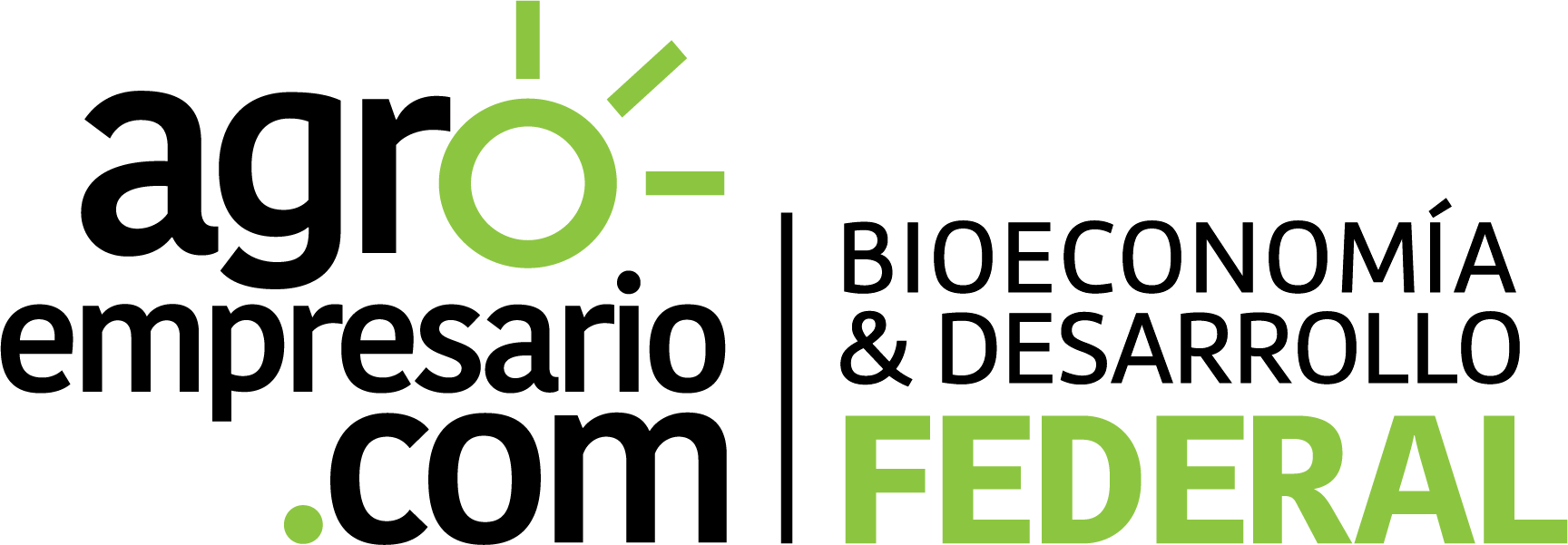
A slow-release bolus capable of delivering sustained methane reductions in pasture-based cattle has drawn $9.5 million in fresh capital, with Ruminant BioTech announcing the close of its Series A round as it targets a commercial debut in early 2026. The funding—co-led by Rosrain Investments and Cultivate Ventures, and supported by Marex and AgriZeroNZ—will help the New Zealand startup scale manufacturing and secure regulatory approvals for what the company describes as the first high-duration mitigation solution tailored to grazing systems.
According to CEO Tom Breen, the company’s biodegradable bolus is engineered to deliver a precise daily dose of a methane-inhibiting compound over extended periods, enabling farmers to reduce emissions without altering existing pasture-based management practices. Its first-generation version has shown the ability to cut methane by 75% for more than 100 days with a single dose, a window the company believes could stretch to six months as the technology evolves.
Ruminant BioTech’s founders—three veterinarians familiar with the limits of current mitigation strategies—began exploring bolus technology after studying promising results from Asparagopsis, the red seaweed known for its high concentrations of bromoform, a potent methane inhibitor. While Asparagopsis-based feed additives have gained traction in intensive systems, the founders recognized early that they would not integrate easily into countries like New Zealand, where cattle spend most of the year on open pasture.
Their solution was to isolate the active compound, pair it with materials capable of gradual and controlled release inside the rumen, and design a bolus that would degrade safely over time. Breen explains that the company uses synthetic bromoform sourced from a third-party supplier, while its proprietary value lies in “how to deliver a precise daily dose for months at a time.” That delivery mechanism, he notes, is the “real challenge and secret sauce” in a market where long duration remains the missing link for pastoral livestock systems.
The bolus is administered orally with a standard applicator, allowing handlers to position the capsule at the back of the animal’s throat. Once swallowed, it rests in the rumen and activates gradually, releasing small amounts of the methane-inhibiting compound each day.
The company expects its initial regulatory approval in New Zealand in early 2026, a milestone Breen describes as significant given the country’s reputation as a rigorous and trusted evaluator of livestock innovations. Ruminant BioTech has already conducted more than 30 animal trials over the past four years, collecting data on safety, performance, and durability.
To prepare for commercialization, the firm has commissioned a pilot plant capable of producing up to one million doses annually for the Australian and New Zealand markets. The long-term vision is far more ambitious: by 2035, the company aims to have 100 million cows worldwide treated with its bolus technology, positioning itself as a central player in global methane reduction efforts.

The financing round comes at a time when capital markets for climate technologies remain mixed, with fluctuating investor sentiment and regulatory uncertainty in many regions. Breen acknowledges the challenging environment but argues that methane mitigation—particularly in livestock—presents an opportunity for rapid climate impact relative to other greenhouse gases.
“Methane is a potent greenhouse gas, but it is also short-lived, so cutting emissions can deliver meaningful change in the near term,” he has said previously. This framing aligns with a growing global push to tackle agricultural methane, which accounts for a significant share of livestock-related climate emissions.
Yet one question persists: who will pay for mitigation solutions when farmers do not directly benefit from higher yields or productivity? Breen believes the answer lies in the expansion of carbon markets, both voluntary and within supply chains. He argues that farmers should receive direct incentives for actions taken behind the farm gate, and that effective carbon credit programs will be essential in enabling widespread adoption.
“Marex,” one of the round’s investors, echoed this outlook. Nigel Brunel, managing director for New Zealand, described the investment as a strategic move that provides access to “high-quality carbon credits” aligned with future market demand.
The search for effective livestock methane solutions is rapidly evolving, with companies exploring feed additives like 3-NOP (Bovaer), natural compounds from seaweeds, vaccines targeting methane-producing microbes, and genetic selection programs to breed lower-emitting cattle. Some research groups are even investigating the gene-editing of rumen microorganisms to suppress methane formation at the microbial level.
However, none of these options currently offers a high-duration mitigation solution designed specifically for cattle that graze year-round. This gap has positioned Ruminant BioTech’s bolus as a potential differentiator in regions where pasture-based systems dominate.
Breen argues that simplicity will play a decisive role: a product that can be applied once or twice a year, without altering feed routines or requiring daily supplementation, could offer the ease of adoption needed to scale rapidly.
Ruminant BioTech is negotiating a distribution agreement with a major global partner, which Breen says will provide immediate access to customers and help integrate the bolus into existing methane-reduction programs. The company also anticipates that its cost structure will improve as production scales and materials innovations continue.
Cost, however, remains intertwined with the evolution of carbon markets and the commitments of major food and agriculture companies. While sustainability pledges have been questioned in recent months, Breen maintains that the fundamental drivers for methane reduction remain intact.
“In the short term, policies may shift,” he has said. “But the underlying reason for all of this—climate change—is unchanged.”
As the company prepares for its first regulatory milestone and broader market entry, its technology will face scrutiny from farmers, environmental regulators, and global supply chain actors evaluating the practicality of methane reduction at scale. The bolus approach, if validated through ongoing trials and cost reductions, could offer a scalable tool for regions where traditional feed additives fall short.
The details and statements included in this report were originally reported by AgFunderNews.
